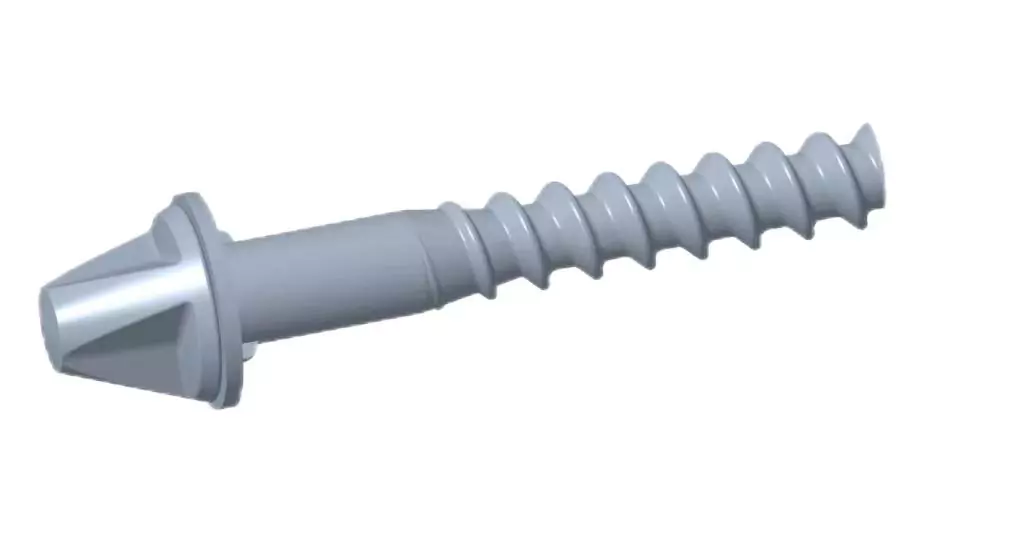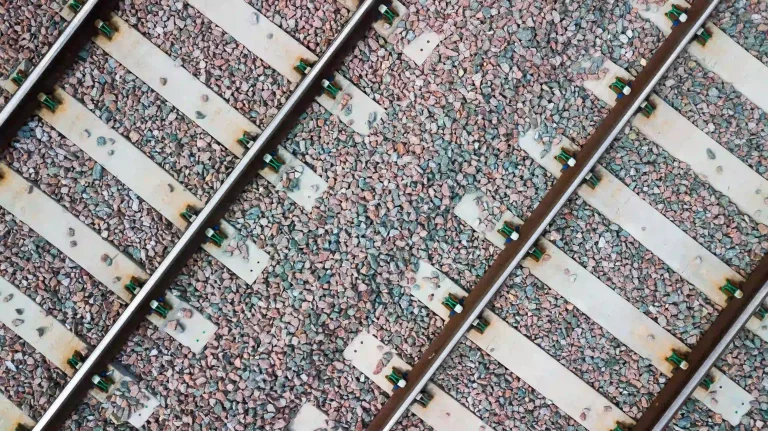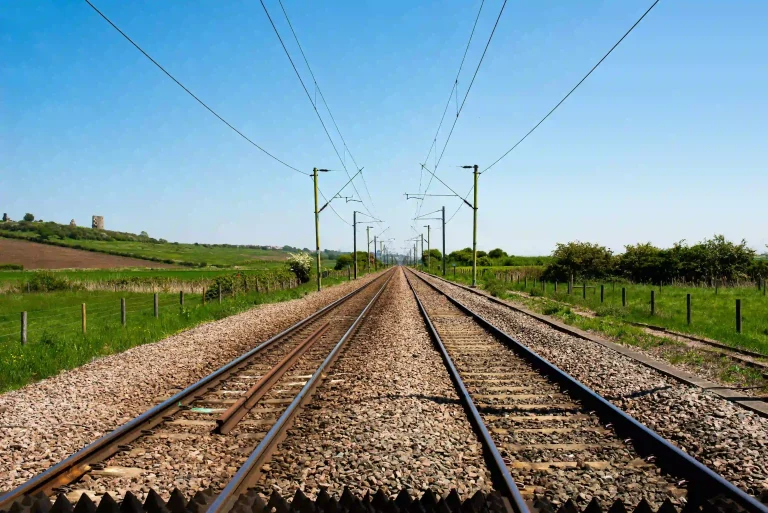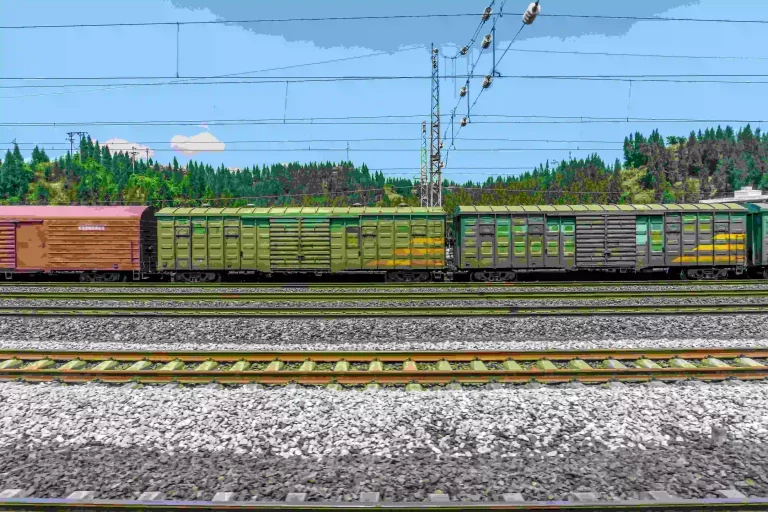Importance of Spikes in Railway Infrastructure
Historical Evolution of Railway Spikes
Railway construction has experienced remarkable changes over the centuries, with one of the key elements being the railway spike. Spikes play a critical role in the stability and integrity of rail tracks. The journey of railway spikes began in the early 19th century when the industrial revolution called for efficient transportation mechanisms. Early development of these spikes saw numerous innovations aimed at enhancing rail durability and train safety.
Early Development and Innovations
Initially, basic iron spikes were used, characterized by their simplicity and ease of installation. These iron spikes were indispensable in the establishment of the world’s first railroads. As the demand for rail transport grew, so did the need for more robust and reliable spikes, leading to significant innovations. Engineers began focusing on the shape, size, and composition of railway spikes to prevent track misalignment and derailments, thereby ensuring safe and efficient railway operations.
Introduction of Modern Spike Design
The evolution continued with the introduction of modern spike designs in the 20th century. These designs incorporated advanced materials such as high-strength steel, offering greater durability and resistance to environmental conditions. The new spikes were also engineered to better interlock with wooden and concrete sleepers, maintaining track stability under the immense pressure of heavy locomotives and high-speed trains. Today, modern spikes embody technological advancements that address both historical challenges and contemporary demands in railway construction.
The Pinnacle of Precision: SAFE’s Railway Spike
Step into the future of rail infrastructure with SAFE’s premium railway spikes, the embodiment of precision and durability. Forged in the heart of Zhejiang’s manufacturing prowess, SAFE Rail Fastening System (Zhejiang) Co., Ltd. presents a product steeped in a legacy of resilience and innovation. With an investment surpassing 50 million RMB and a robust annual production capacity, SAFE’s railway spikes are a testament to the company’s commitment to excellence. Crafted using high-quality materials and backed by rigorous testing, these spikes are designed to secure and sustain the world’s most demanding rail systems.
Role of Spikes in Rail Track Stability
Railway spikes serve as critical components in maintaining the stability and alignment of rail tracks. These tiny yet mighty tools are instrumental in the overall safety and functionality of railways.
Mechanisms of Fixation
Spikes work by securing the rails to the sleepers or ties, preventing the lateral and longitudinal movement of the tracks. This fixation mechanism ensures that the rails remain firmly in place despite the dynamic forces exerted by passing trains. The spikes’ design allows them to penetrate the sleeper material, creating a tight and secure fit. This consistent positioning mitigates any potential risks associated with track slippage, which can lead to catastrophic derailments.
Maintaining Track Alignment
In addition to their fixation role, spikes are pivotal in maintaining track alignment. Properly aligned tracks ensure that trains can travel smoothly and efficiently. Misaligned tracks can cause excessive wear on the wheels and rails, leading to frequent maintenance and increased operational costs. By maintaining precise track alignment, spikes contribute to the longevity of the railway infrastructure and the safety of the train operations.
Materials Used for Railway Spikes
The choice of materials for railway spikes has evolved over time in response to changing technological needs and environmental considerations. The materials utilized in manufacturing spikes play a significant role in their durability and performance.
Traditional Iron Spikes
Historically, iron was the primary material used for manufacturing railway spikes. Iron spikes offered an affordable and readily available solution for early railroads. However, while iron spikes were effective, they were prone to rust and corrosion, especially in humid or coastal environments. This limitation led to the frequent need for replacements and higher maintenance costs.
Modern Alternatives: Steel and Composite Materials
Modern railway spikes have largely transitioned to high-strength steel, which offers superior durability and resistance to environmental factors. Steel spikes are less susceptible to corrosion and can withstand greater weights and pressures, making them ideal for both conventional and high-speed rail systems. Additionally, there has been an introduction of composite materials in spike manufacturing. These materials often incorporate a mix of metals and polymers, aiming to combine the best properties of traditional materials while reducing susceptibility to weathering and mechanical wear.
Types of Railway Spikes
Railway spikes come in various types, each designed to meet specific operational needs and environmental conditions. Understanding these types helps in selecting the appropriate spike for different sections of a rail network.
Typical Varieties Used in Tracks
Several varieties of railway spikes are commonly employed in track construction, each catering to distinct requirements and operational settings.
Dog Spike
The dog spike is one of the most traditional and widely used types of railway spikes. It resembles a dog’s head, hence the name. These spikes are driven into wooden or timber sleepers and are prized for their simplicity and reliable performance. Dog spikes ensure a snug fit by using a thick shank, which reduces the risk of the spike being pulled out under load. Even with their long history, dog spikes remain essential due to their robust hold and ease of installation.
Screw Spike
Screw spikes offer an alternative to traditional dog spikes, providing enhanced holding power and longevity. Unlike dog spikes, screw spikes are twisted into the sleeper, creating a firmer grip. This type of spike is particularly useful in high-stress areas of the track, such as curves and switches, where enhanced stability is critical. The design of screw spikes minimizes loosening over time, making them an advantageous choice for maintaining track integrity under heavy loads and high-speed travel.
Elastic Spike
Elastic spikes are a modern innovation designed to accommodate the dynamic stresses and movements of contemporary rail systems. These spikes are made from materials that provide a degree of flexibility, allowing them to absorb vibrations and minor shifts without compromising track stability. Elastic spikes are especially beneficial in reducing the wear and tear on both the spikes themselves and the sleeper materials, thereby extending the lifespan of the entire track assembly. Their adaptability makes them suitable for a variety of track conditions and operational requirements.
Specialized Spikes for Specific Conditions
Different segments of the railway often require specialized types of spikes tailored to unique conditions and operational challenges. These specialized spikes address specific needs that typical varieties might not fully satisfy.
Anti-Theft Spikes
In areas where theft and vandalism are concerns, anti-theft spikes are invaluable. Designed with unique shapes and special locking mechanisms, these spikes make it extremely difficult for unauthorized personnel to remove them. The inclusion of anti-theft features helps deter vandalism and theft, ensuring that the railway infrastructure remains secure and reliable. Using anti-theft spikes can significantly reduce costs associated with replacing stolen materials and the potential safety risks posed by missing spikes.
Insulated Spikes for Rail Electrification
With the advent of electrified railways, there’s a need for spikes that can insulate against electrical currents. Insulated spikes are equipped with non-conductive materials, preventing electrical currents from passing between the rails and the sleepers. This insulation is crucial in maintaining the integrity of the railway’s electrical systems and ensuring the safety of both the infrastructure and those working on or near the tracks. Insulated spikes are widely used in urban transit systems and high-speed railways where electrification is a common feature.
Installation and Maintenance Practices
The effectiveness of railway spikes is closely tied to proper installation and regular maintenance practices. Ensuring that spikes are correctly installed and maintained is fundamental to the durability and safety of railway tracks.
Installing New Railway Spikes
Installing new railway spikes involves specific tools, techniques, and safety measures. The precision and care taken during installation significantly impact the overall performance and longevity of the rail tracks.
Tools and Techniques
Proper installation of railway spikes requires specialized tools such as spike mauls, claw bars, and pneumatic spike drivers. These tools facilitate the efficient and secure placement of spikes into the sleepers. Techniques involve positioning the spike correctly over the rail’s base plate and driving it through the rail flange into the sleeper. Ensuring that the spike is driven to the correct depth is crucial for maintaining the rail’s alignment and stability.
Safety Measures During Installation
Safety is paramount during the installation of railway spikes. Workers must wear appropriate personal protective equipment (PPE), including gloves, safety glasses, and steel-toed boots, to protect against injuries. Additionally, clear communication and proper training in handling tools and equipment minimize risks. Ensuring that the work area is free from slip and trip hazards also contributes to a safe installation environment.
Regular Inspection and Maintenance Procedures
Regular inspection and maintenance of railway spikes are essential to prolong their lifespan and ensure the continued safety and performance of the rail tracks. Implementing systematic inspection protocols helps identify potential issues before they become significant problems.
Identifying Wear and Tear
Inspecting railway spikes involves checking for signs of wear such as rust, corrosion, and bending. It’s also important to look for spikes that are loosening or have been pulled out of the sleepers. Regular wear and tear can compromise the effectiveness of spikes, threatening the stability of the rail tracks. Early identification of these issues allows for timely interventions, preventing more severe damage and costly repairs.
Replacing Damaged or Worn-Out Spikes
When damaged or worn-out spikes are identified, they need to be replaced promptly to maintain track integrity. Replacement involves removing the old spike and inserting a new one using the same installation techniques. Ensuring that the new spike is properly aligned and securely fastened is crucial for restoring the rail’s stability. Routine replacements as part of a proactive maintenance strategy help sustain the railway’s operational efficiency and safety.
Future Developments in Railway Spike Technology
The future of railway spike technology promises to address emerging challenges through innovative materials and designs. Research and development are focused on creating spikes with even greater durability, resistance to environmental factors, and ease of installation. The use of smart materials and integration with monitoring systems can lead to spikes that not only secure rails but also provide real-time data on track conditions. These advancements are set to enhance the efficiency, safety, and longevity of railway infrastructure, paving the way for the next generation of rail travel.
In conclusion, railway spikes, though seemingly simple, play a pivotal role in the construction and maintenance of railway tracks. Their evolution from basic iron spikes to modern, high-strength, and specialized varieties underscores their importance in safely and efficiently moving both people and goods across vast distances. Understanding the different types of spikes, their unique applications, and the significance of using high-quality spikes can ensure the continued success and safety of rail networks worldwide.
Choose SAFE, where every spike is a promise of unwavering reliability.











